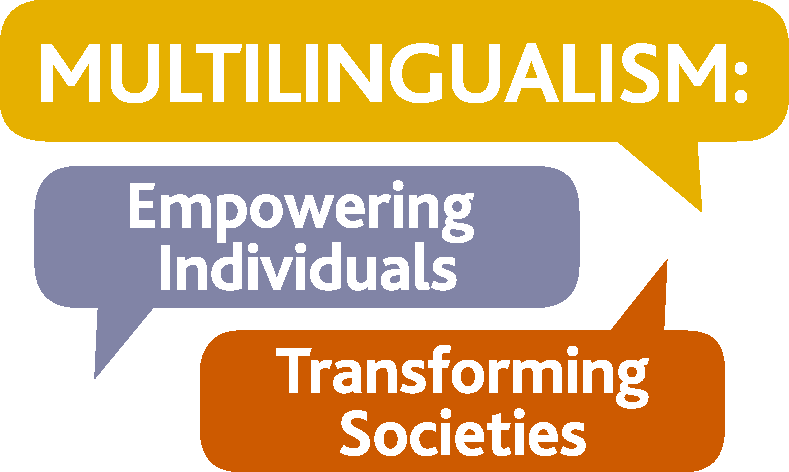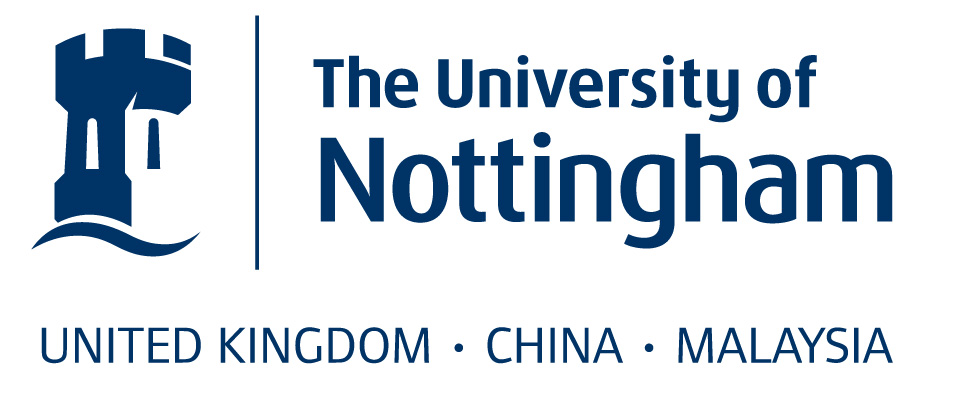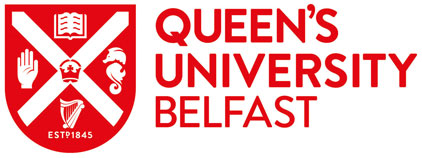A few weeks ago, I was involved in writing a case study which forms part of a booklet for the MEITS project addressing some big issues in language learning. The theme that I was responsible for was ‘why do people learn languages?’. This is a question often asked by the general public and in policy making; it is also a very difficult one as the motivations for language learning are many, and very complex. I was hoping to find some straightforward answers in our research, but was struggling to distil a common message across the project, as our strands do not seem to directly address the question of motivation but tend to focus on a related issue on ‘the benefits of language learning’. As the title of the MEITS project indicates, the key message is that Multilingualism can Empower Individuals and Transform Societies and there are multiple benefits of language learning, be they social, cultural, cognitive, educational, economic or even health-related.
The ‘benefit’ argument is not new. As a matter of fact, in research literature and policy documents, the discourse on promoting language learning has always been the same, that is, if we can identify, articulate and communicate a clear message about all ‘benefits’, people are likely to consider learning languages. But our experience does not seem to lend support to this hypothesis. Numerous papers and reports have found that people’s appetite for language learning continues to decline and the number of students taking language GCSEs and A-Levels continue to fall. Apparently, students, and their parents indeed, do not seem to be convinced by the benefit argument.
But why? By focusing on the benefits of language learning, are we communicating the right message? I wondered. I don’t have an answer, but I begin to form a new hypothesis based on my observation and reflection.
Back to last year, I was part of a team to help run the Cambridge leg of the national tour of the Pop-up Museum of Languages, a key outreach project of the MEITS programme. I was intrigued by two scenes during my shifts. On the first day, a four-year girl who came with her mother from London caught my eyes. Her favourite activity was a short film on computer which introduces languages. She sat still in front of the computer for at least half an hour, her eyes never moving away from the screen. There are some difficult words in the film for a four-year old, but she did not mind at all and watched it repetitively. I was very fascinated, by her great patience and focused attention. She obviously enjoyed languages! Our activity leader asked her what she enjoyed? She pointed at the words on the screen and mumbled that she liked to hear ‘it (language)’. Her mum explained that from a very young age, she always liked to be surrounded by language and sound. I was also told that she did not know much what was said in the film, as I expected, but she obviously connected well with the sounds and shapes of the words. I was totally impressed.
On the second day, two old gentlemen caught my attention. Both of them are scientists, a mathematician based in California and an engineer from Scotland. I thought that they were just passers-by and popped in to have a look at our ‘museum’ popped up in a long deep shop, but was very surprised to find out that both of them immediately made the decision to visit the museum in person when they saw the advertisement and came specifically for it. I immediately developed a kind of respect for them and seriously wondered what motivated them to take a flight to visit this pop-up museum. This respect then turned into a mixed feeling of admiration. First, through talking to them, I realised that they were extremely knowledgeable about the history of languages and very passionate about language learning. Second, most visitors stayed for just under an hour, but they spent the whole morning in the museum, went out for lunch, came back and stayed on for most of the afternoon. They came in separately, but when they finished, they became friends. They spoke different languages, quizzed each other’s knowledge about language, and challenged each other in the language activities. Language for friendship, I would call it. Again, I was very impressed.
What makes these people enjoy languages so much? I seriously wondered. I am very sure that the benefit argument cannot explain their motivations. The little girl is too young to know what the word benefit actually means; for the two gentlemen, I believe the word benefit is too weak or even too superficial to justify their decision to take a flight to visit our pop-up museum. There must be something deep which connects them to languages. For the little girl, language might be a symbolic tool that she uses to understand and mediate the world. For the two scientists, language might serve as a way of thinking that connects them with the humanity, linking time, place and space with experience, history and memory. It is all about connections, social, cultural, historical, linguistic and emotional connections, connections between humanities and sciences, past and future, physical and virtual.
To confirm my hypothesis, I then conducted a small informal ‘survey’ with the ‘general public’. I asked my friends and colleagues a question: ‘are you more willing to learn a language if all the benefits of language learning are clearly communicated to you?’ To my surprise, all of them responded that the benefit argument did not work for them; rather, they needed to establish a meaningful connection with the language in order to learn it.
The unexpected result of my ‘survey’ plunged me into thinking about the question raised at the beginning: ‘are we communicating the right message when we encourage people to learn languages?’ Maybe not. So, in policy and practice, maybe the benefit argument which has an instrumental favour in it should be replaced by a message of connection which involves a deep process of personal meaning making.
Note: comments are moderated before publication. The views expressed in the comments are those of our users and do not necessarily reflect the views of the MEITS Project or its associated partners.






